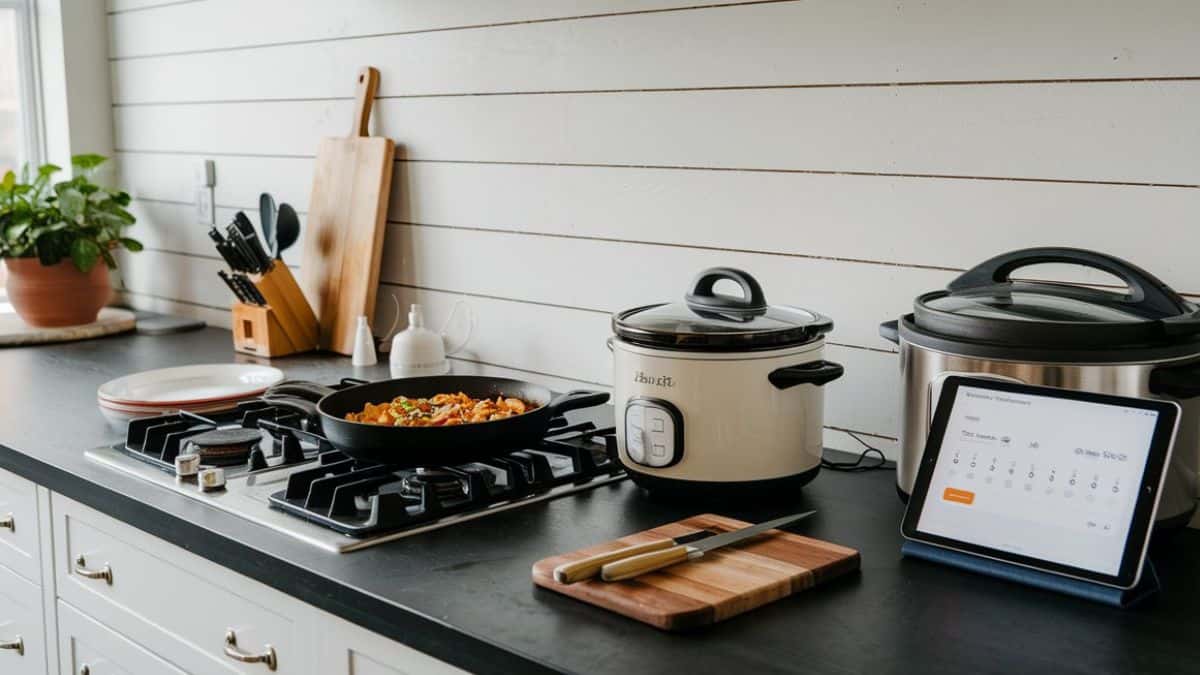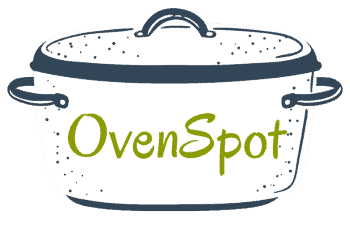Cooking Time Converter: Stove Top, Oven, Crock Pot, & Pressure Cooker
You’ve found the ultimate recipe cooking time converter calculator! Whether you’re transitioning from stovetop to slow cooker, or adapting a pressure cooker recipe for the oven or microwave oven, our tool makes it easy to convert cooking times and liquid amounts for various appliances.
Simplify your cooking process and ensure perfect results every time by using our intuitive converter to adjust cooking times for different temperatures. Start transforming your recipes today!

Recipe Converter
Converted Recipe
Converted Cooking Time:
Converted Liquid Amount:
FAQ’s: Recipe Conversion for Different Cooking Methods
This section covers the essential aspects of recipe conversion, explains how to manually convert recipes, and highlights the benefits of using your calculator. It also addresses other relevant factors to provide a comprehensive guide for users.
Why do recipes need to be converted for different cooking methods?
Different cooking methods vary in temperature, cooking time, and moisture retention, which can significantly affect the outcome of a recipe. For instance, a dish cooked on a stovetop may need a different cooking time and liquid amount when prepared in a slow cooker or pressure cooker. Converting recipes ensures that your dish cooks evenly and maintains its intended flavor and texture, regardless of the appliance used.
How can I manually convert my recipes for different appliances?
Manually converting recipes involves adjusting cooking times and liquid amounts based on the specific characteristics of each appliance. Here are some general guidelines:
- Stovetop to Slow Cooker:
- Low Setting: Multiply the stovetop time by 4.
- High Setting: Multiply the stovetop time by 2.
- Liquid: Reduce liquid by about 25%.
- Stovetop to Pressure Cooker:
- Time: Multiply the stovetop time by 0.125 (1/8th).
- Liquid: Reduce liquid by about 50%.
- Conventional Oven to Slow Cooker:
- Low Setting: Multiply the oven time by 2.67.
- High Setting: Multiply the oven time by 1.33.
- Liquid: Reduce liquid by about 25%.
- Microwave to Stovetop:
- Time: Multiply the microwave time by 3.33.
- Liquid: Increase liquid by about 25%.
These are just some examples, and the exact conversion factors can vary depending on the recipe and appliance.
How does this calculator simplify the conversion process?
Our Recipe Converter Calculator takes the guesswork out of converting recipes. By inputting your original cooking method, desired cooking method, cooking time, and liquid amount, the calculator automatically applies the appropriate conversion factors to give you the adjusted cooking time and liquid amount. This ensures accuracy and saves you time, allowing you to focus on cooking rather than calculations.
What other factors should I consider when converting recipes?
- Ingredient Adjustments: Some ingredients may cook differently in various appliances. For example, vegetables may become mushy in a slow cooker if not adjusted properly.
- Cooking Techniques: Certain techniques like browning meat may need to be done separately before using a slow cooker or pressure cooker.
- Recipe Testing: Always test your converted recipe to ensure it meets your expectations, especially if you are preparing it for the first time.
Can I convert baking recipes using this calculator?
While our calculator is primarily designed for cooking methods like stovetop, slow cooker, and pressure cooker, you can apply similar principles to baking. However, baking often requires more precise temperature and time adjustments, so additional considerations may be needed.
Learn more about converting recipes in our article:
One-Pot Cooking Rocks!

Michelle
Hi, I’m Michelle, the founder, owner, author, and editor of OvenSpot. My passion for one-pot cooking commenced when I was working to prepare cafeteria lunches for school students. I am now on a mission to assist you in choosing the cooking pot or appliance you will use daily. As well as in-depth information to assist you in using and caring for your cookware and appliances. Along with the yummy recipes I use at home.
Questions? Reach out to Michelle at [email protected]
